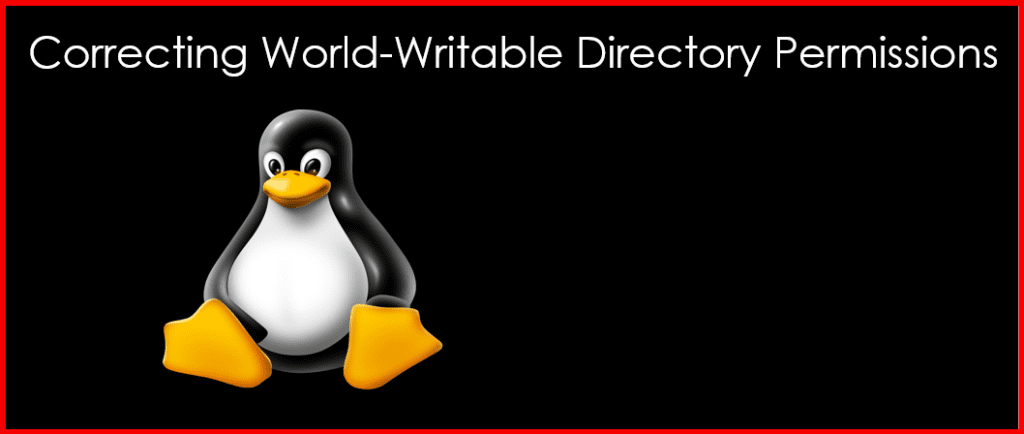In Linux, setting correct directory permissions is essential for maintaining system security. A common issue arises when a developer accidentally makes a directory world-writable, allowing any user on the system to modify its contents. This can lead to security vulnerabilities and data integrity issues. In this guide, we’ll outline how to correct these permissions to ensure the security of the directory.

Understanding Linux File Permissions
Linux file permissions are crucial for determining who can access or modify files and directories. Each directory and file has three types of permissions:
- Read (r): Allows users to view the contents.
- Write (w): Allows users to modify the contents.
- Execute (x): Allows users to access files and directories.
Permissions can be set for three categories:
- Owner: The user who owns the file or directory.
- Group: A group of users associated with the file.
- Others: All other users on the system.
The Scenario
Let’s consider a situation where a directory named project_dir was accidentally made world-writable, indicated by the permissions showing drwxrwxrwx. This setting allows anyone on the system to read, write, and execute files in this directory, posing a significant security risk.
Step 1: Verify Current Permissions
First, check the current permissions of the directory:
ls -ld /path/to/project_dirYou might see output similar to this:
drwxrwxrwx 2 owner group 4096 Oct 16 12:00 project_dirStep 2: Change the Permissions
To secure the directory, you should remove the write permissions for “others.” This can be done with the following command:
sudo chmod o-w /path/to/project_dirNow, the permissions should look like this:
- Owner: Read, write, execute (rwx)
- Group: Read, write, execute (rwx)
- Others: Read and execute (r-x)
You can also set the permissions to a more restricted level, such as 775, which allows full access for the owner and group while restricting others:
sudo chmod 775 /path/to/project_dirStep 3: Verify the Changes
After modifying the permissions, confirm the changes by running:
ls -ld /path/to/project_dirThe output should now look like this:
drwxrwxr-x 2 owner group 4096 Oct 16 12:00 project_dirStep 4: Assess the Directory Ownership
Ensure the directory is owned by the correct user and group. If necessary, you can change the ownership using:
sudo chown owner:group /path/to/project_dirStep 5: Testing the Permissions
Finally, test the permissions to ensure they are set correctly:
- Log in as the Owner or Group Member: Verify that the owner and group can read and write to the directory:
su - owner
touch /path/to/project_dir/test_file- Log in as a User Outside the Group: Check that other users cannot write to the directory:
su - otheruser
touch /path/to/project_dir/test_fileThis user should receive a “Permission denied” message.
Conclusion
By following these steps, you can effectively correct the permissions of a world-writable directory in Linux, enhancing security and protecting sensitive data. Proper management of file permissions is crucial in any Linux environment to prevent unauthorized access and maintain system integrity.
For more insights and tutorials on Linux system administration, visit GeekersHub.
External Resources
Mastering file permissions is essential for every Linux administrator. Regularly review and adjust permissions to safeguard your system against potential threats.